Not Your Typical Junkyard – A Visit to an Aircraft Salvage Facility
Junkyards – whenever this word is mentioned, it is usually in the same sentence with either automobile insurance claims or spare hoods. However, airplanes have their own salvage yards as well. On Monday, I paid a visit to one – Air Salvage of Dallas, located on the south side of town in Lancaster.
I first heard about this place thru a pilot Facebook group I’m a part of, when someone posted several pictures showing the many parts and components for sale out there. Doing some research online, I came across more pictures of an entire yard full of abandoned and wrecked airplanes. That was the moment I knew I had to head there to see it for myself.
Coming from North Dallas, the drive took me around 40 minutes. I took I-45, and after crossing Highway 20, exited at Belt Line Road. Passing thru some rural two-lane roads, with the landscape dotted by crops and farmland, I finally arrived and began my adventure.
Checking in with the receptionist in the main office, I learned that there was the hangar, which contained parts for sale, as well as numerous yards outside where planes were kept. I was only allowed to see the hangar and main yard, as the other ones contained airplanes that were still under investigation by the NTSB and FAA. I decided to start in the hangar.
Walking in, I immediately saw shelves upon shelves of different aircraft parts for sale. Every component was neatly labeled, with the aircraft model and price. Standing in the section where engine instruments were sold, there must have been about two hundred or so gauges of all sorts and types. Everything from tachometers to CHT/EGT monitors was seen here.
On another rack, there were various small components, ranging from panel lights to relays and solenoids. Many of these parts can’t be bought new anymore, so aircraft owners have to stop by places like these in order to obtain what they need.
I looked behind me, and saw the section for yokes! All types and models imaginable were on this shelf. From Pipers to Cessnas, chances are if you needed a replacement “steering wheel”, they had it.
Off to the side, there was a healthy selection of tires. Coming in all sizes, I’m sure it would be much cheaper to buy your replacements here versus going thru a specialty shop like Aircraft Spruce.
From there, I headed out to the main yard, where roughly 500 airplanes lay. Seeing all those planes, it made me go “woah” for a brief moment. Thinking that each and every one of them had a story, and how they were perfectly functional birds at one point in time, was an interesting sight.
The planes varied in condition, from being somewhat intact and containing flight instruments, to just being nothing more than scrap metal. Most of the planes fell in the latter category, with all the instruments and components taken off to be sold. Almost none of them still had their wings attached.
As damaged as some of the planes are, a few of them still had knobs and switches in there that hadn’t been gutted out.
Then there was this Piper. She was completely dismantled, with even the roof and instrument panel cutouts gone.
I also came across an Air Tractor – a plane used for crop dusting. Not sure as to the nature of this accident, but it sat there on the field, like an injured and slowly dying bird. As I was walking around, inspecting her, I could hear the sound of cows mooing from the farmland next door. Although I was at a site where tons of crashed airplanes were stored, it felt peaceful.
At the edge of the yard, there was one Hawker jet parked there. I went over to it, trying to open its entryway door, but that thing simply wouldn’t budge. I am pretty sure whatever equipment was in the cabin had long been removed.
Planes were moved around the yard using huge forklifts.
I climbed into this one and took a look at its cabin. She still had quite a bit of wiring, and portions of her electrical system were still intact. For a plane of this age, this could very well be the only place to find parts.
After about 45 minutes of exploring every row, I headed back inside, and discovered that their hangar had a second floor.
Climbing up, I found even more parts for sale. There were propeller spinners, landing lights, and tons of other components too numerous to dig thru.
I saw a rack devoted to rudder pedals and the various parts that go along with this crucial flight control.
Looking at all these components, it made me think that this place would also be a great resource for those wanting to build a flight simulator. I don’t know the ins and outs of getting these components to work with a computer, but it sure would add enormous amounts of reality if somehow it could be done.
Heading back to their main office, I caught up with Tim Fagan, one of the managers running this busy place. Tim told me a bit about the history of this unique business. Air Salvage of Dallas(ASOD) was founded in 1974 by a guy named Paul Camp, who had already made his mark in aviation as an airport manager, FAA examiner, and flight school owner. At first, the business began solely as an aircraft storage service for wrecked airplanes, using empty hangars. Before long, word had spread. People, including the folks from various aviation insurance companies, knew of ASOD as a trusted resource for storing aircraft that were under investigation. As business grew, space quickly became an issue. The current lot was then bought so that there was enough room to fit all of the planes that just kept coming in. Eventually, the company got into the parts sales business. Four to five hundred customers come thru ASOD’s doors monthly, in search of every component imaginable!
Showing me around, Tim took me to the main conference room. Used by the FAA, NTSB, and insurance adjusters, this space provides a neutral and friendly environment for parties to convene and discuss the issue at hand. With all of the business they have, I would imagine this room gets used quite often!
On the wall, there were numerous photos of the many different accidents and incidents the company had worked over the years. Tim pointed at some of them, and told stories of what happened in each. Ranging in size from small flight school Cessnas to turboprop aircraft operated by cargo airlines, the folks here have pretty much processed it all.
Just outside the conference room, there was an entire area for engine tear-downs and analysis. Plenty of space was available, making it ideal for investigations and seeing what went wrong in an engine(if anything!) in a crash.
With that, I wrapped up my visit to this unique place. This is a spot that many pilots haven’t seen, especially if they are renters like myself. Getting the opportunity to look at all these airplanes, and how aircraft salvage is handled, was one more cool thing I have explored in the world of aviation!



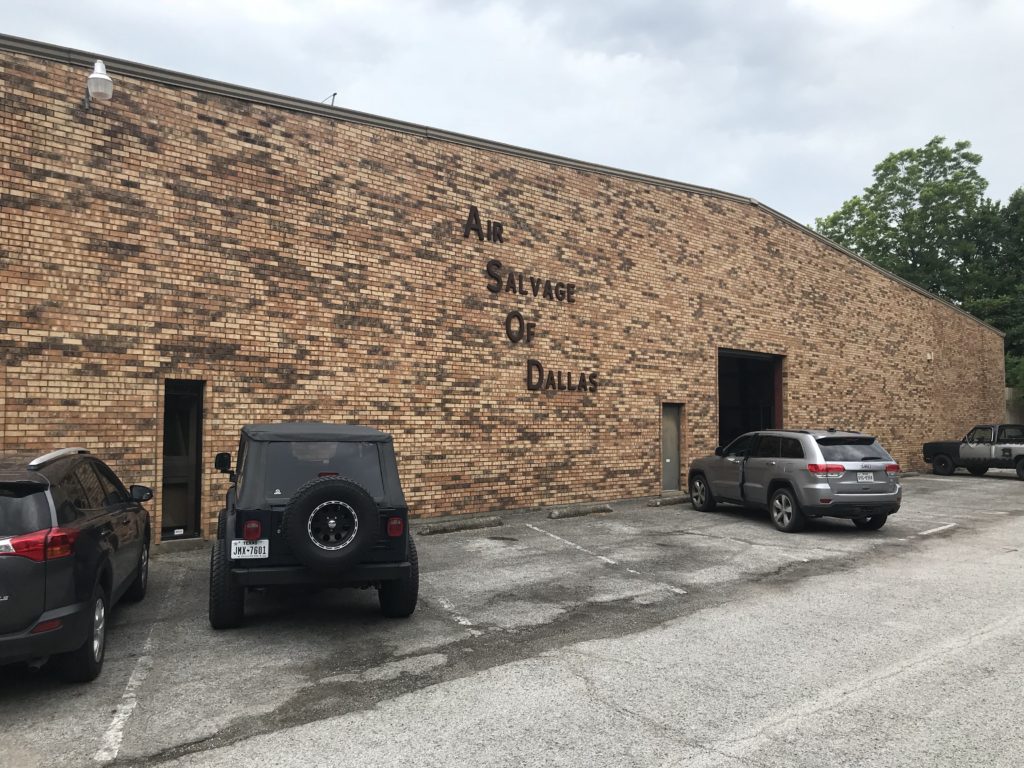
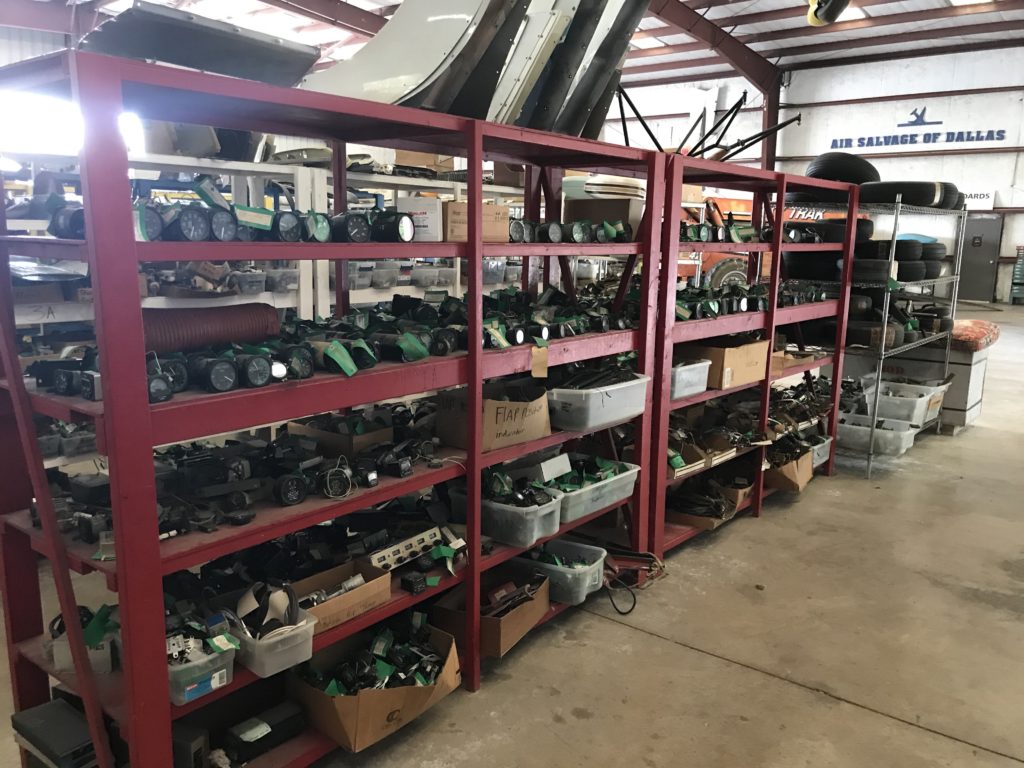
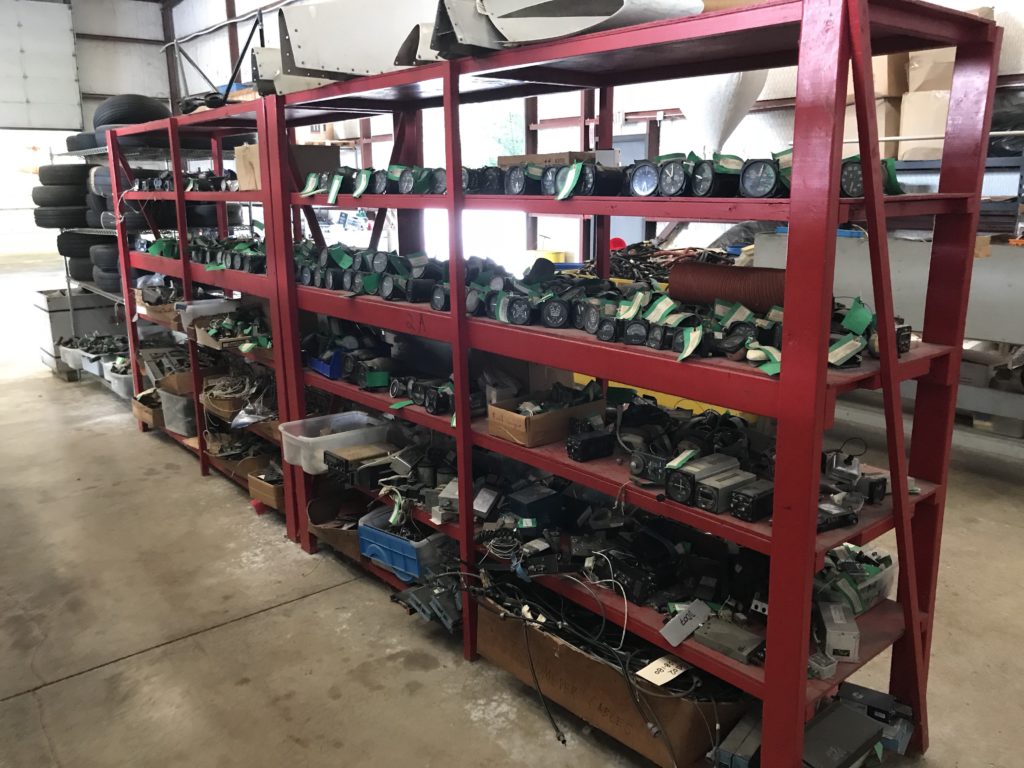
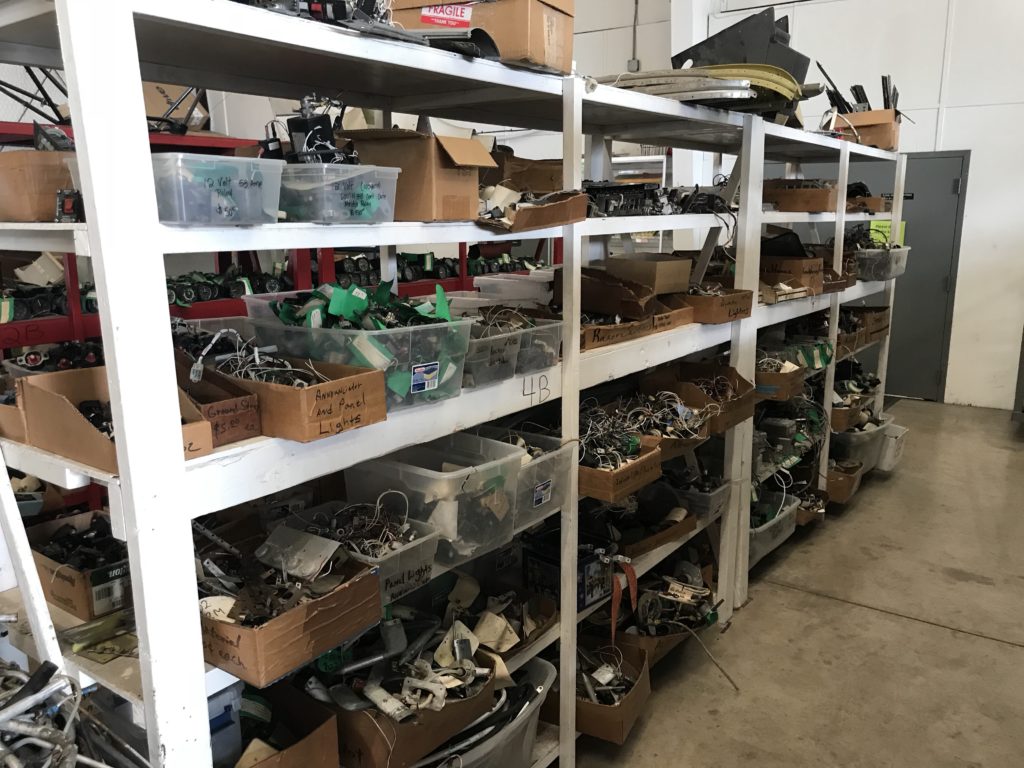
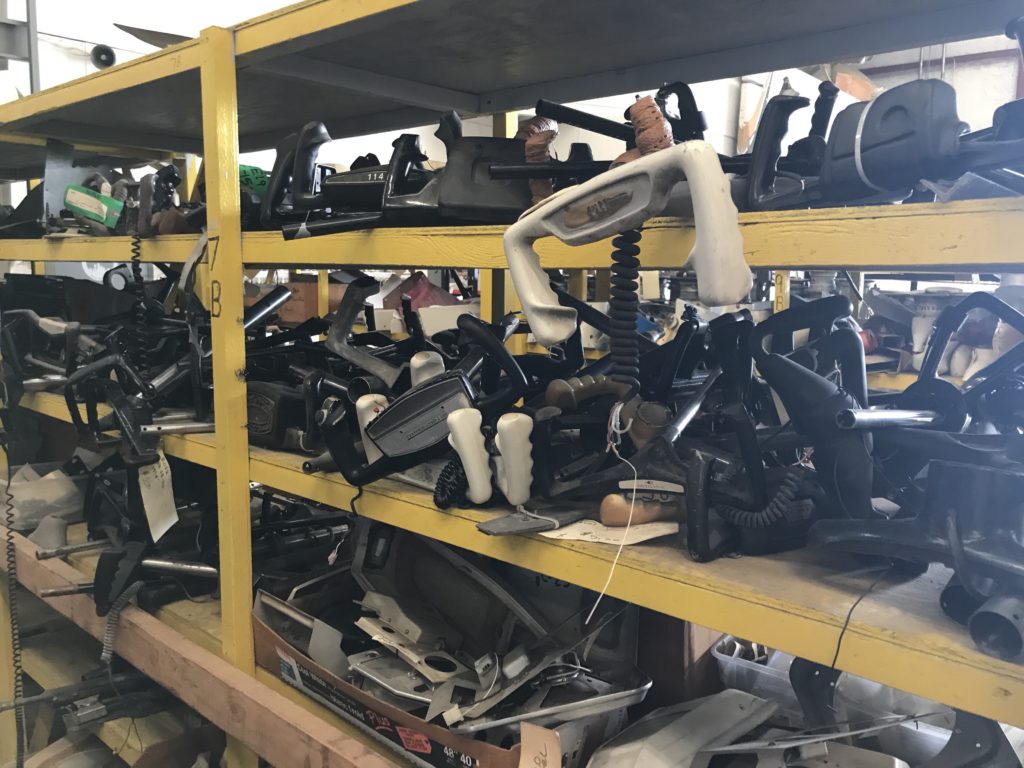
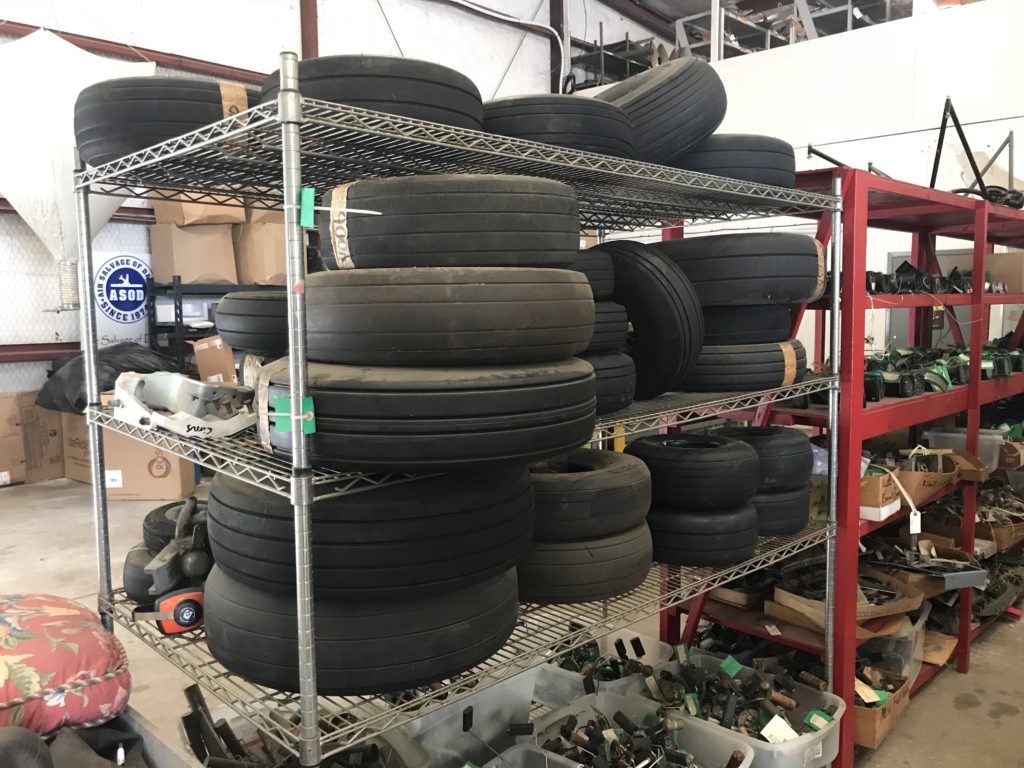
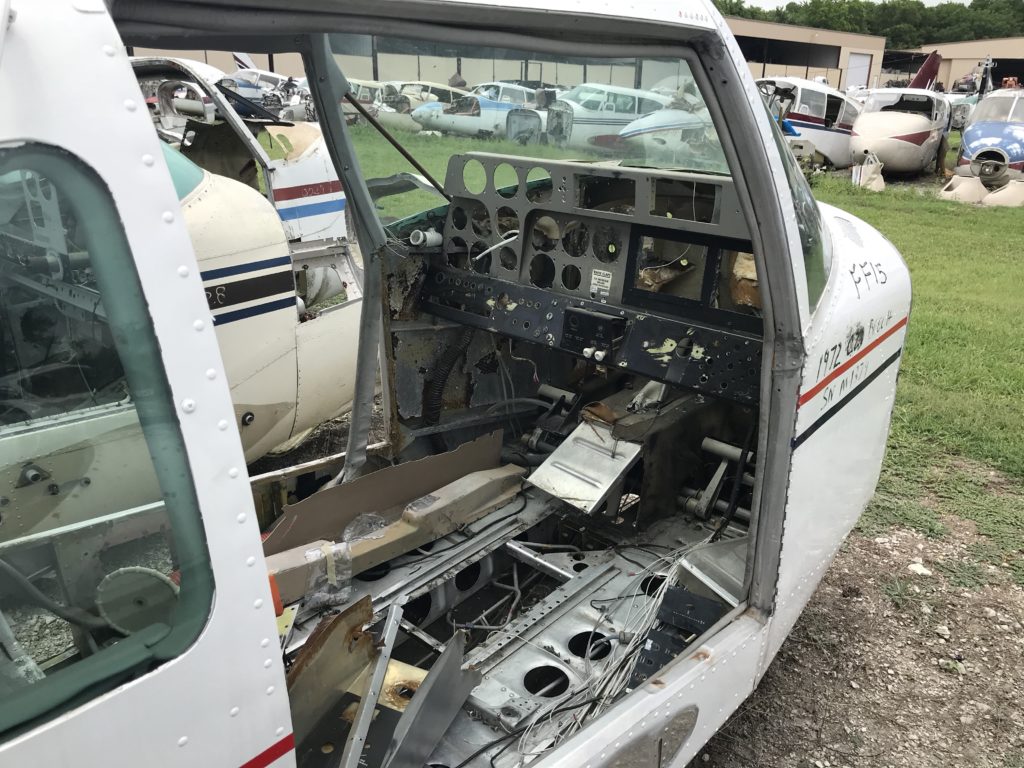
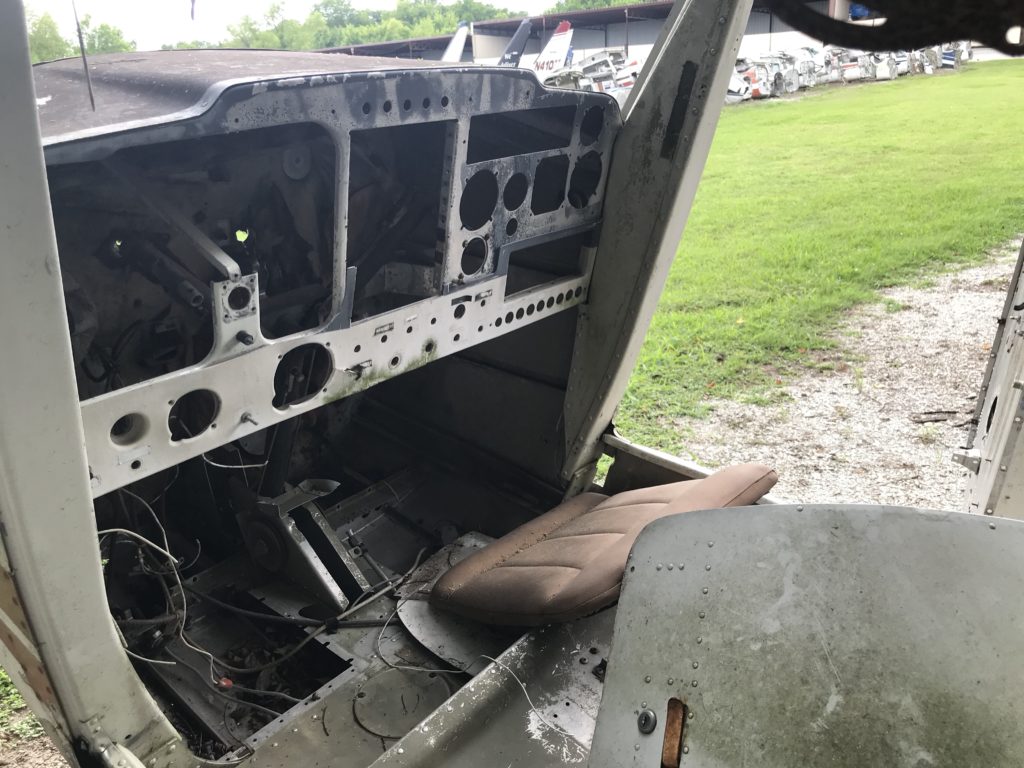
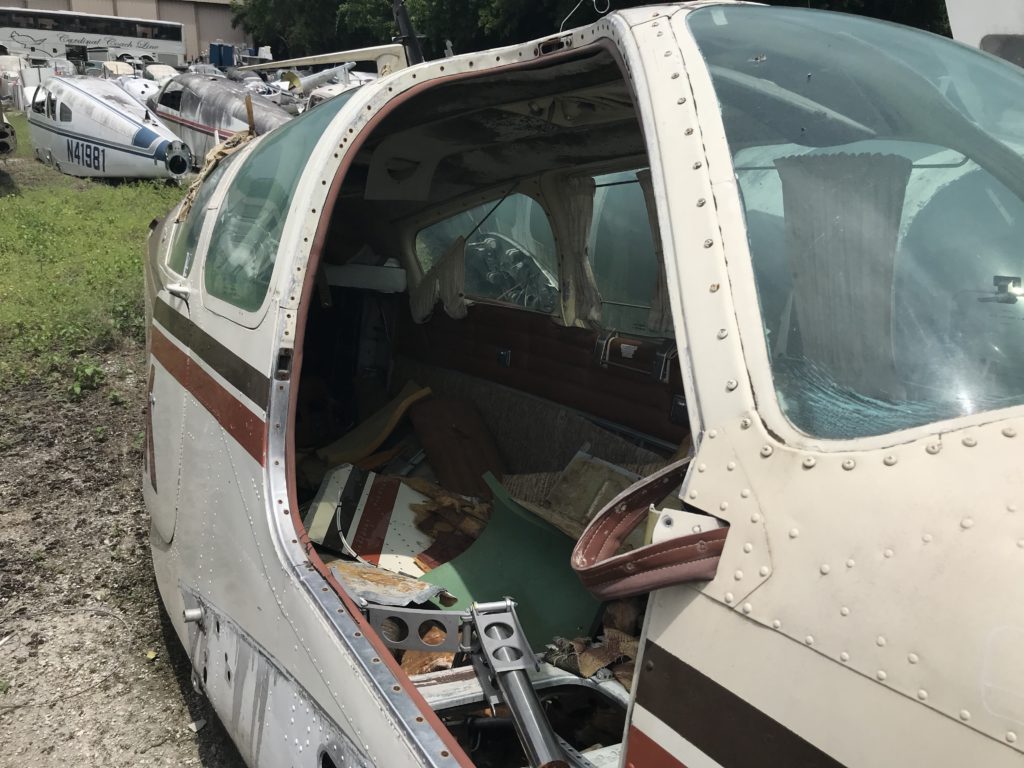
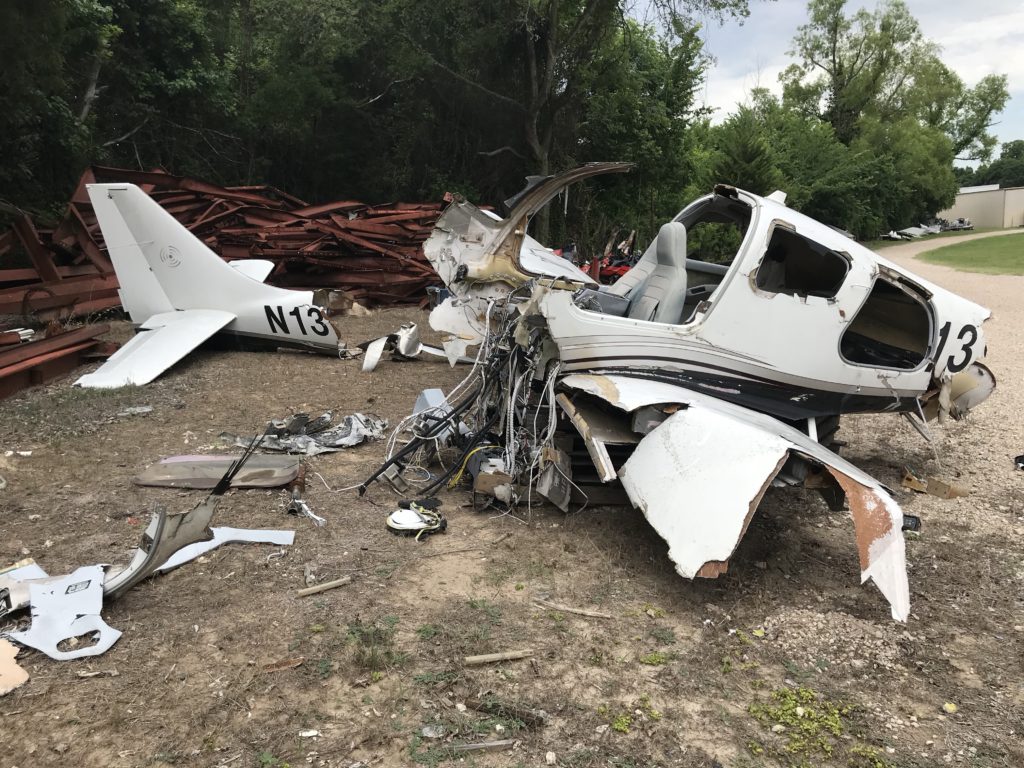
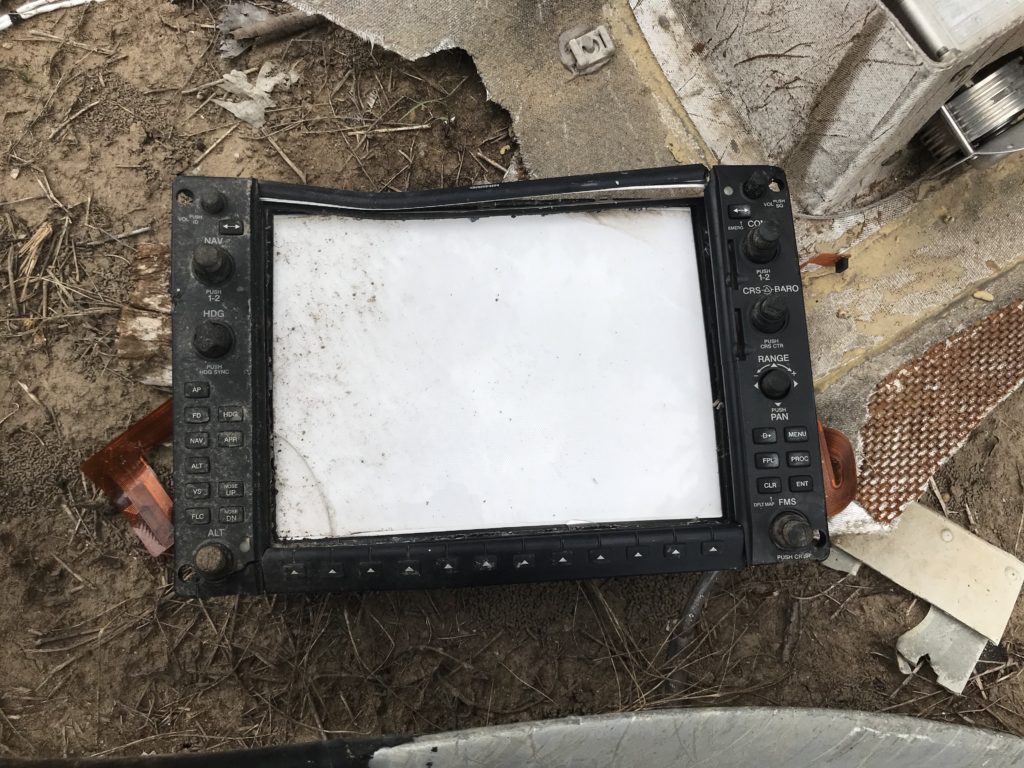
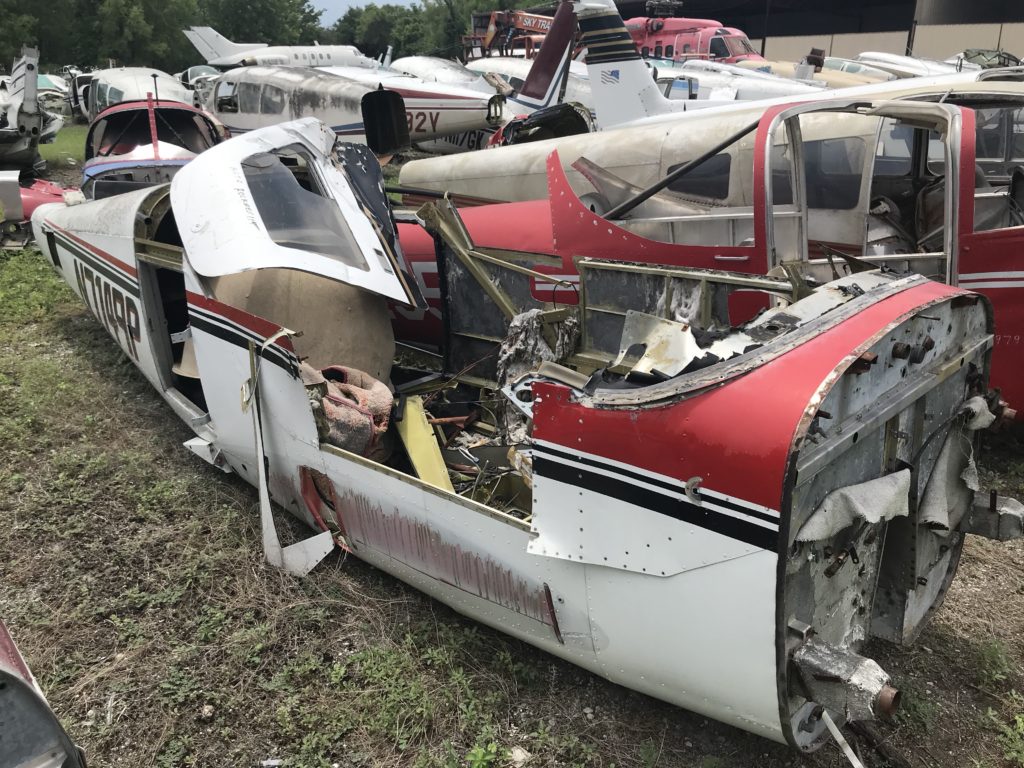
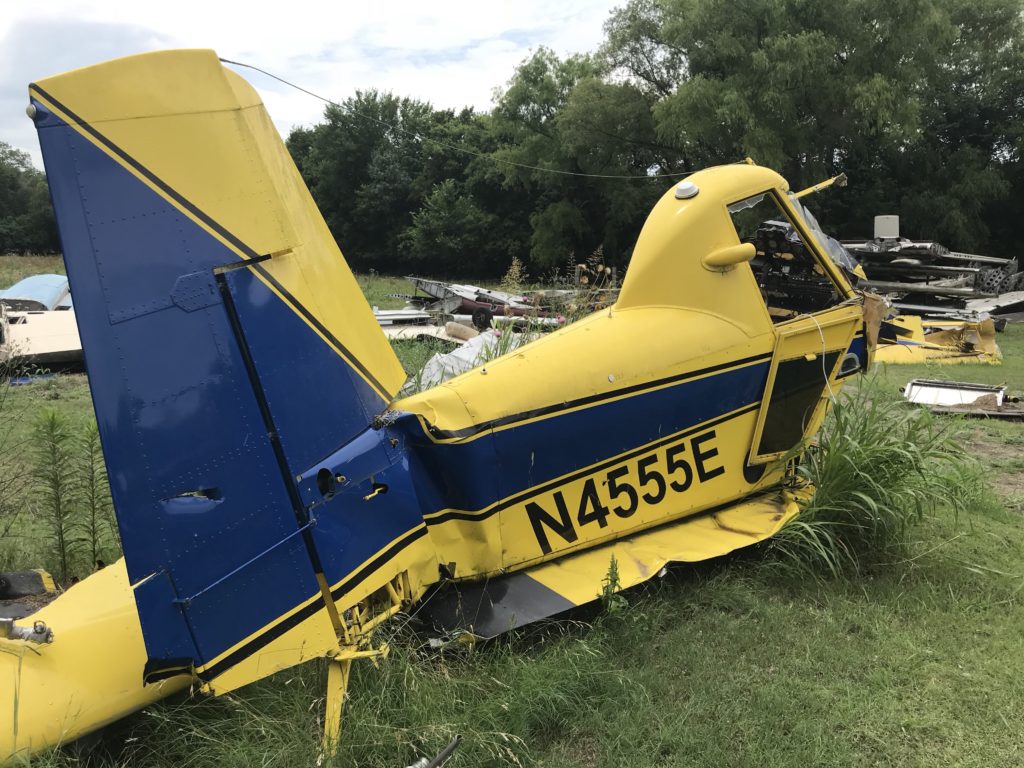
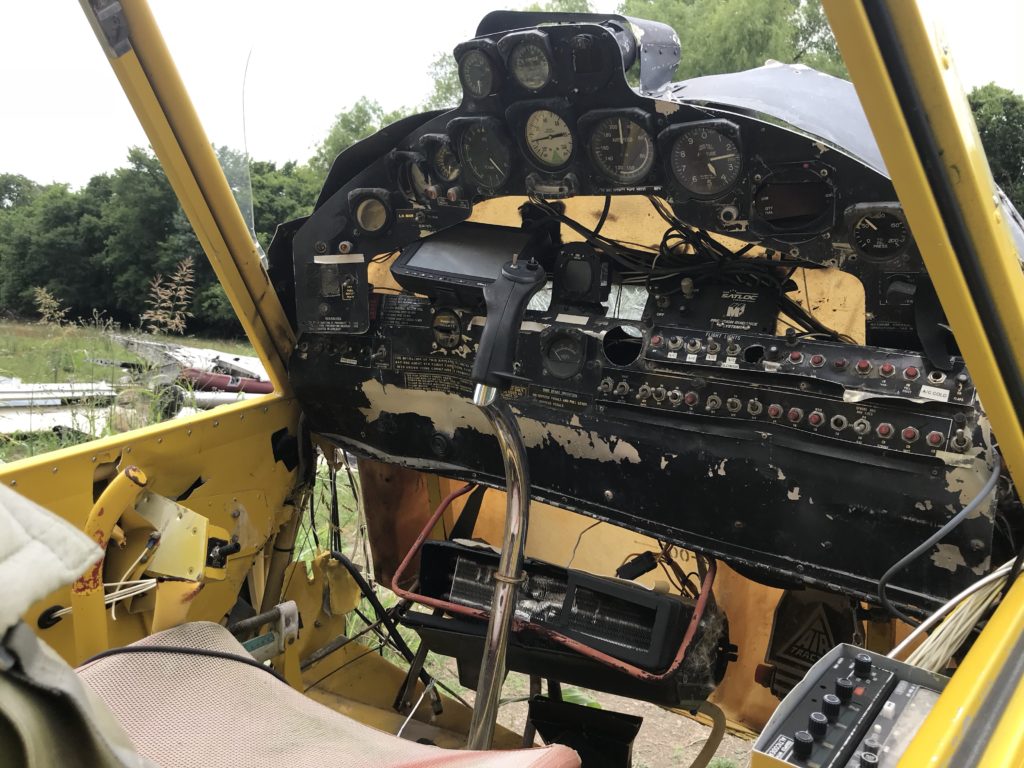
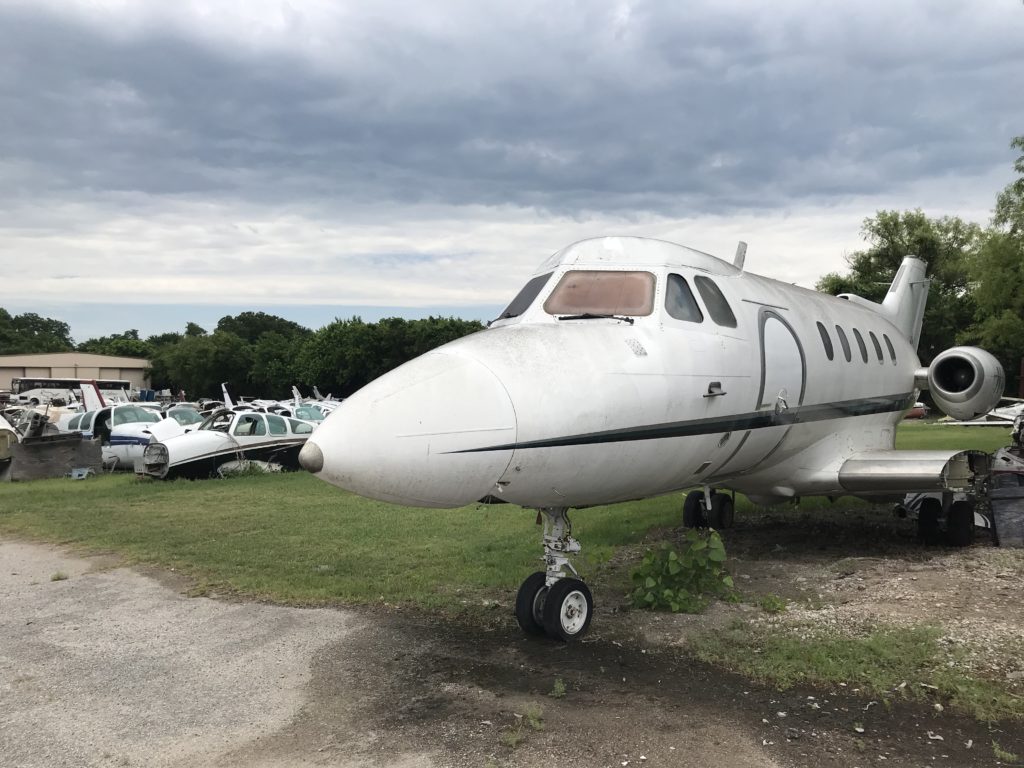
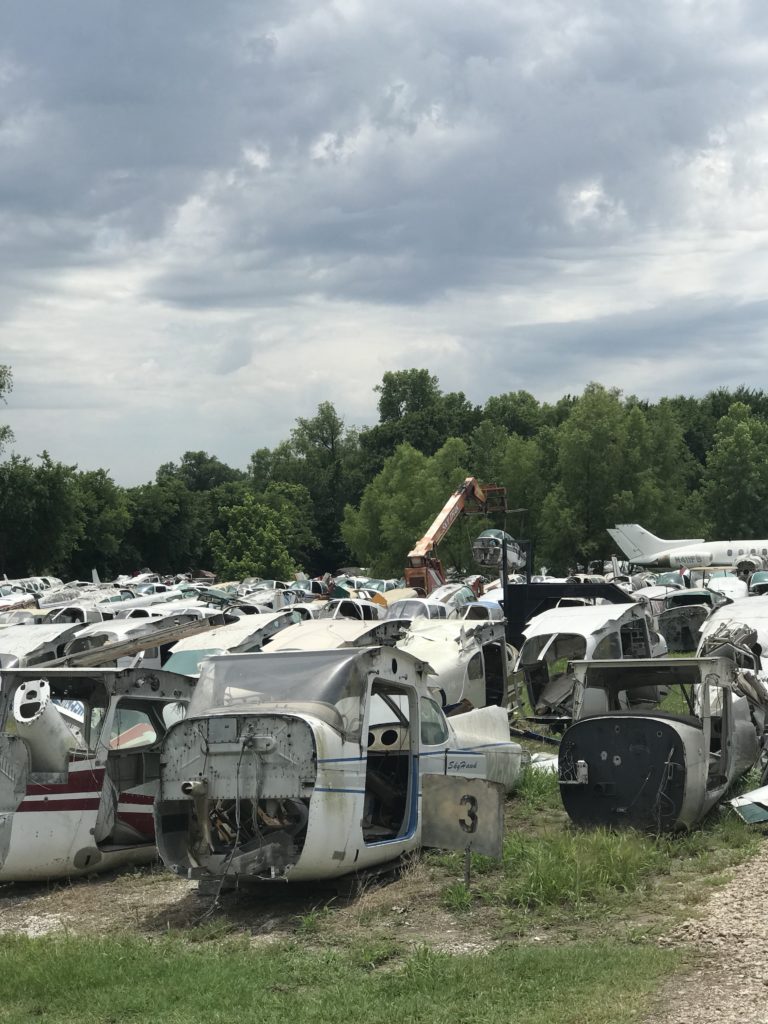
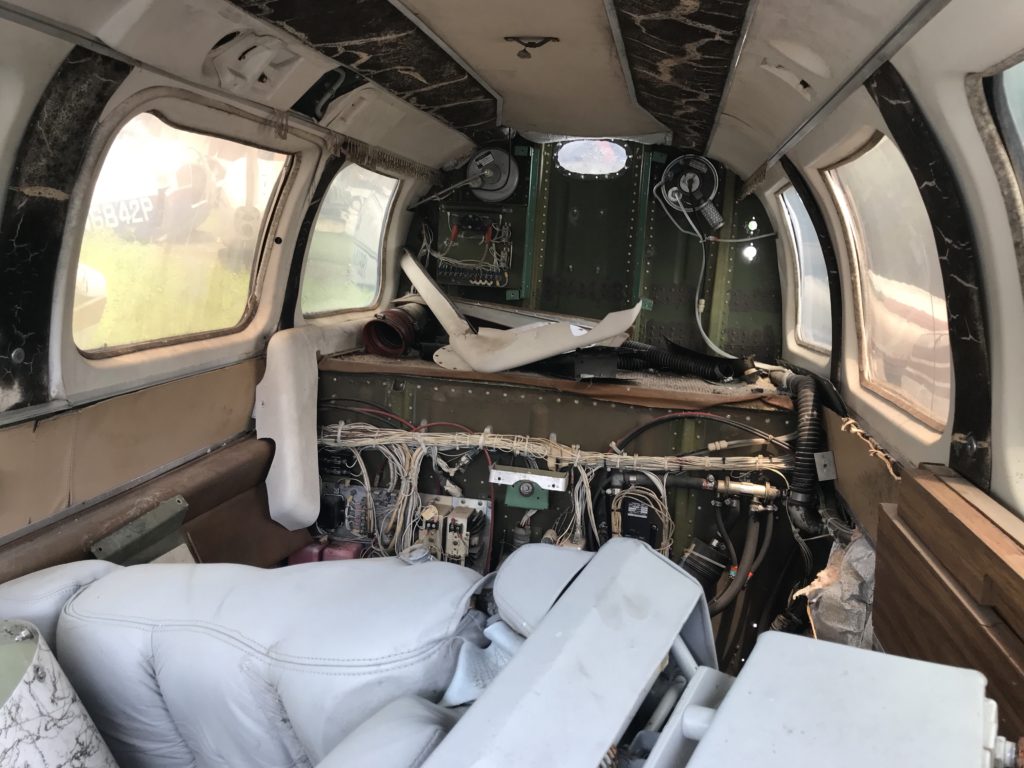
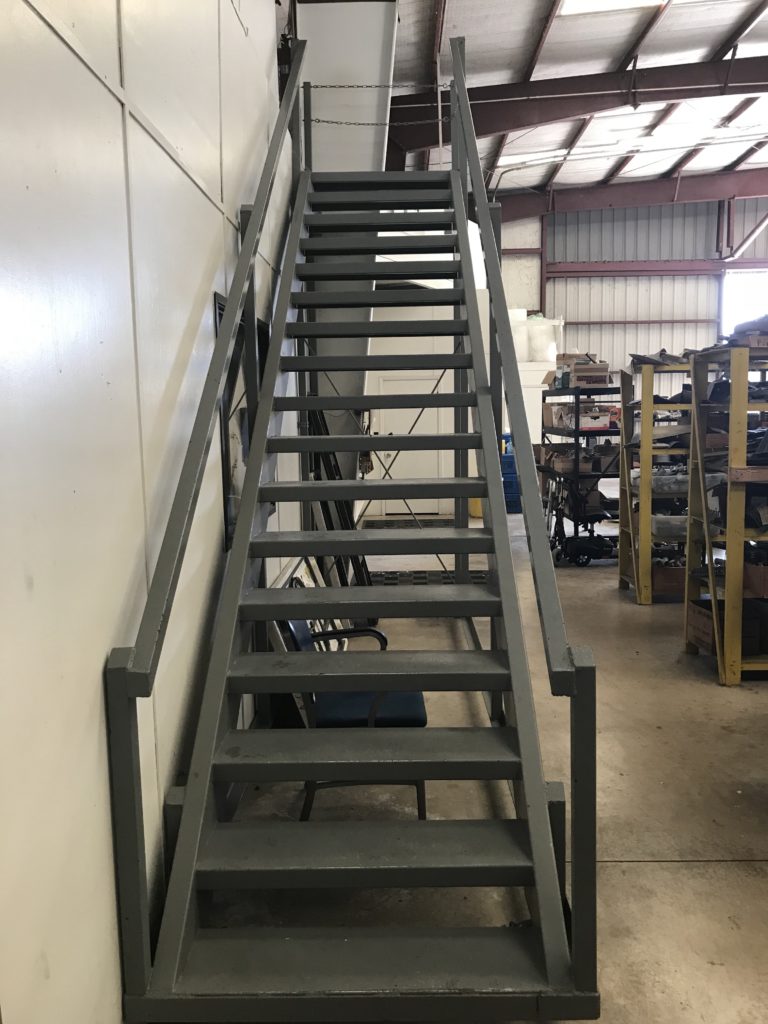

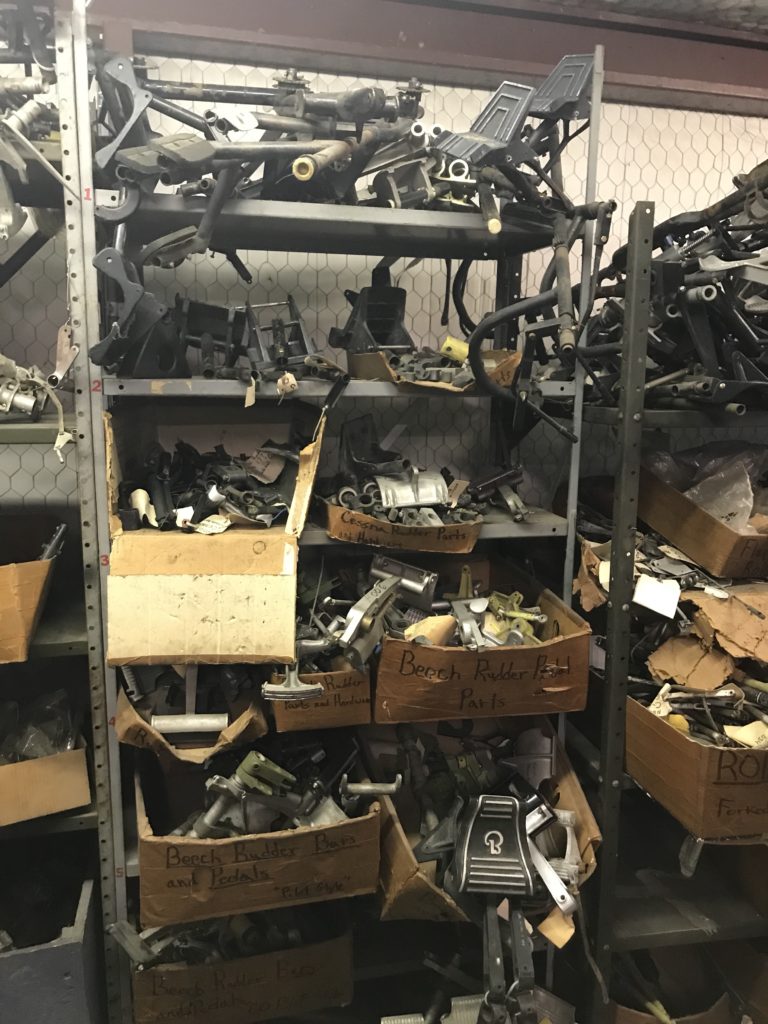
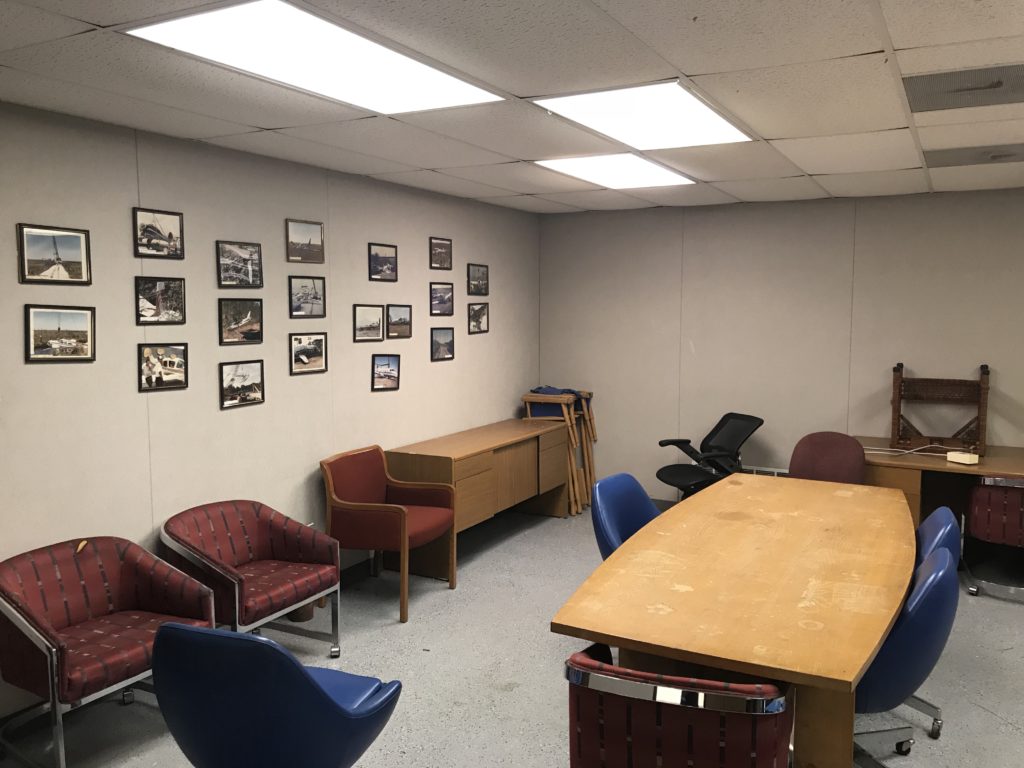
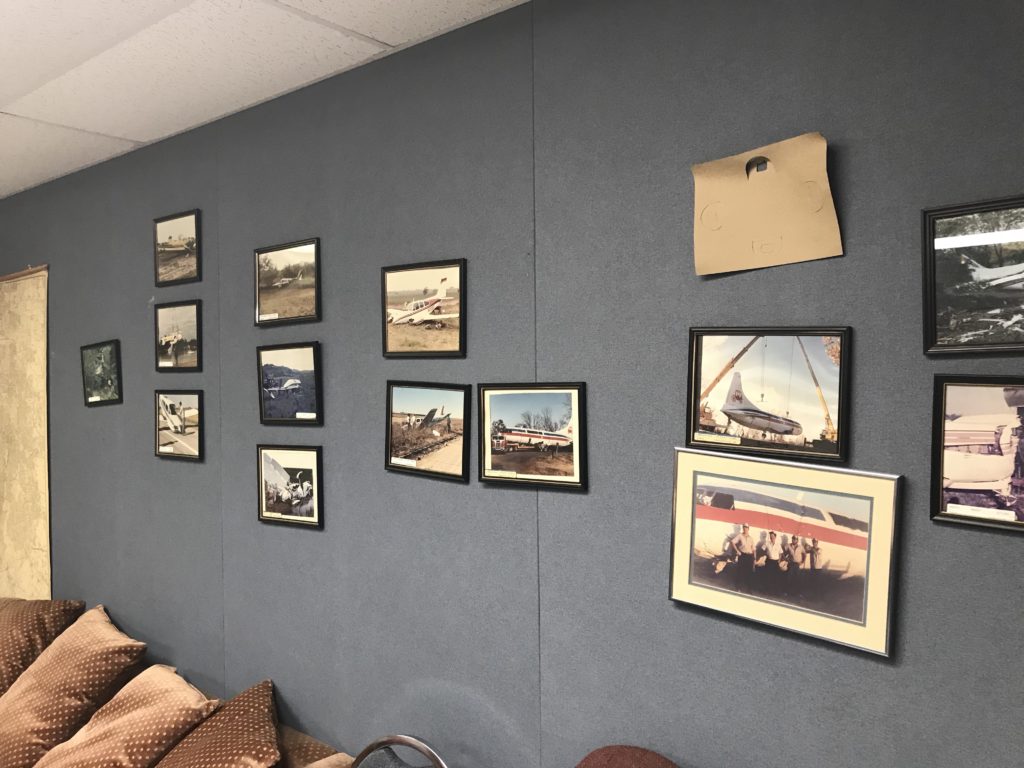
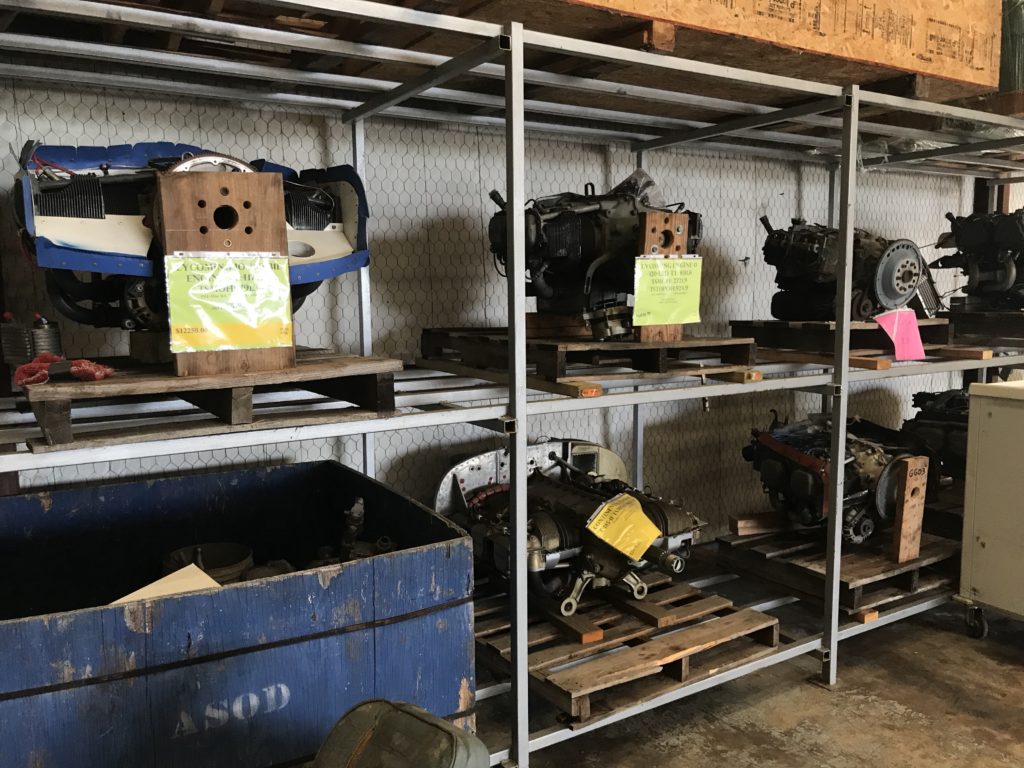
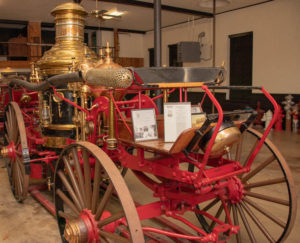

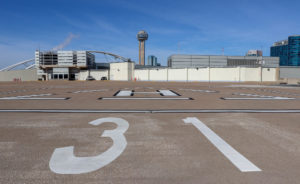

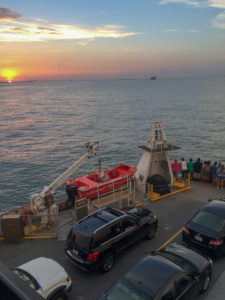
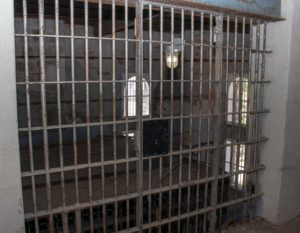
Wow! Never knew there was such a place in Dallas. Definitely have to find this place next time I head to the Dallas area.
Great people there. More knowledge than most can imagine, and have always been willing to lend me a hand when something stumps me
As an owner of a 1976 Cessna Skyhawk 172 M (180 HP) with about 5700 hours on it and having maintained it since 1990, I skimmed through the pictures in the article and found myself drooling over the available parts.
My kind of place, will head out to find it later in Mid-summer. As I have three airplane projects going on.
Sounds cool! I’m sure you’ll find some treasures out there.
Hi,
I’m looking in to building a Cessna flight simulator and I’m thinking of buying a cockpit shell, with all original dials and gauges etc. Just wondering how much will it set me back. Another thing that I’m worried about is export from the US, as I’m far away in the east. (Pakistan)
I am not affiliated with this place – am only the guy that wrote this story. However you can contact them directly, their phone number is +1 (972) 227-1111. Sounds like a fun project! good luck!
I live down the road from where N4555E crashed. In fact he had been flying passes directly over my house not long before the crash, March 29, 2016. About 1.5 miles from where I live, in a field next to Beyersville in Williamson County, he clipped an unused power line with his fright wing while doing passes to identify hazards (guess he found one!). Pilot survived the wreck with a broken arm. Interesting to see that the plane made it all the way up to Dallas.